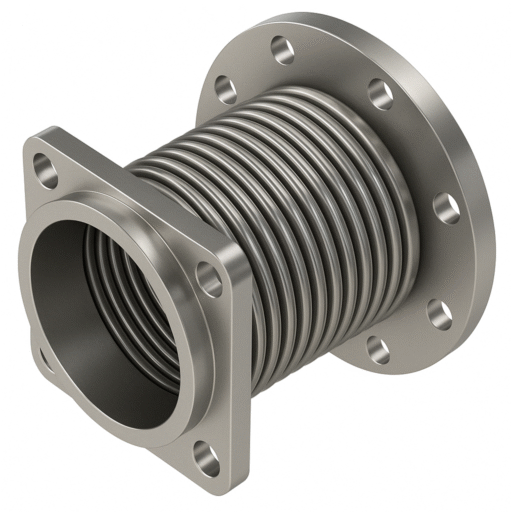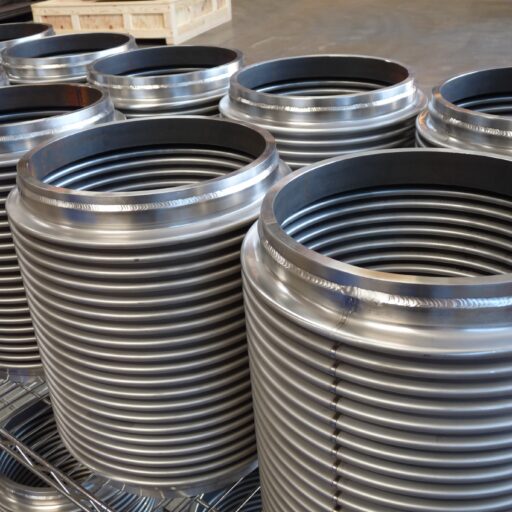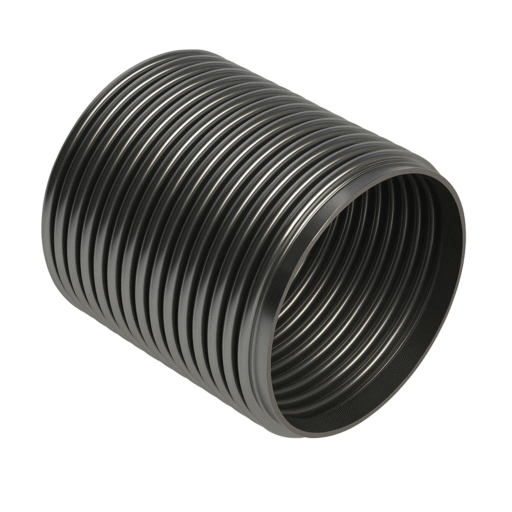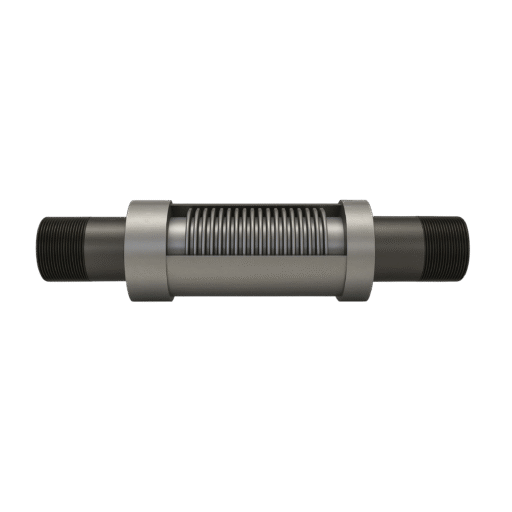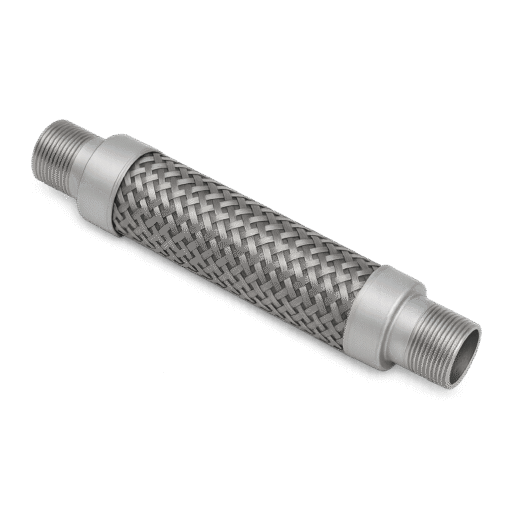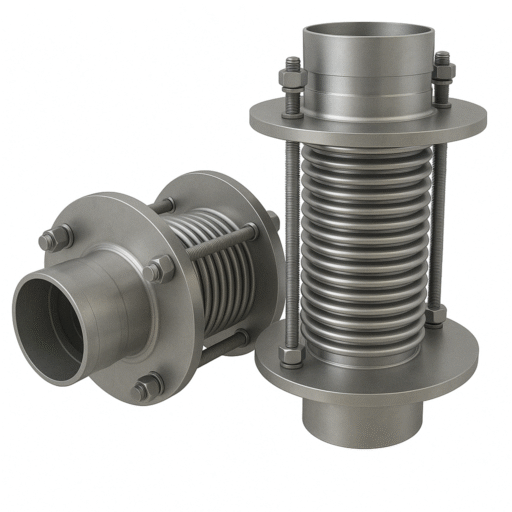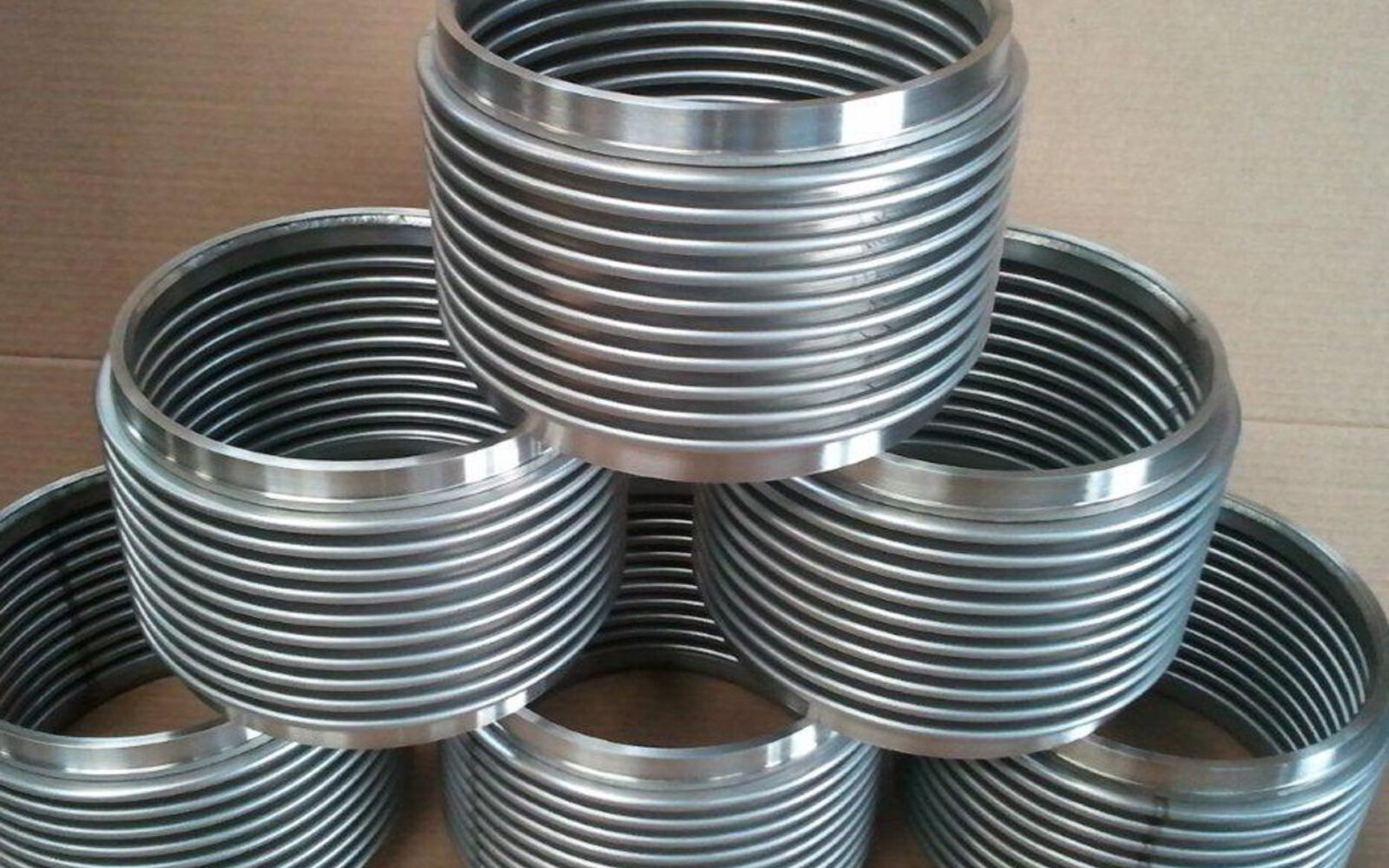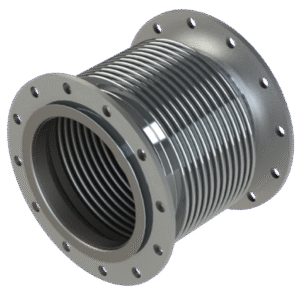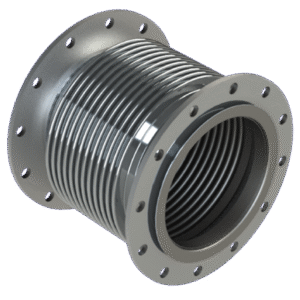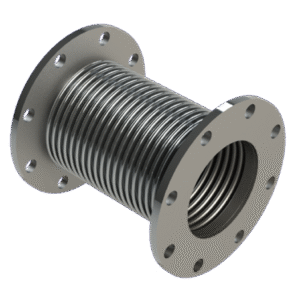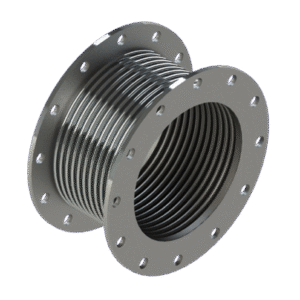Metal bellows are elastic vessels that can be compressed upon the application of pressure to the bellows’ outside surfaces, or extended under vacuum forces. When the pressure or vacuum force is alleviated, the bellows returns to its original shape as long as it has not been forced beyond its capacity. They are cylindrical vessels made of heavy duty metals like stainless steel, nickel alloys, titanium, and more. Tube-shaped bellows and exhaust flex joint replacements have a wide range of motion and withstand high rates of pressure without leaking or breaking. Multi-ply bellows typically consist of two to three tubes, but may have up to five tubes depending on the application. Metal bellows are utilized in various manufacturing methods by many industries, including HVAC, aerospace, large piping systems, machine tooling and transportation.
Finishing processes in the manufacturing of metal expansion joints and bellows serve a range of purposes. Components like metal bellows expansion joints can be under significant operational stress. Finishing processes like coating, plating, lubricating, polishing and anodizing help protect bellows against corrosion, wear over time, and poor appearance. Whether forced through a high-pressure hose via compressed air or applied by hand, these finishes extend the overall lifetime of metal bellows.
Plating. Metal plating is a complex process that works to deliver coatings onto metal fabrications. Plating layers can be comprised of materials including zinc, gold, chromium, cadmium, silver and copper. They play many roles like improving wear, adding electrical capabilities, and imparting cosmetic finishes.
Anodizing. Anodizing is a process whereby a coating, usually a metal such as aluminum, is applied via an electrolytic process. It is accomplished by using an electric current in an acidic solution which causes an anodic coating to be quickly formed on the surface of the component. Anodizing is predominantly used on metal alloys of aluminum and titanium. These coatings are often relatively thin, lending themselves to accepting dye for both protective and decorative purposes.
Lubrication. Solid film lubricants can be used on many components. Purposes for lubricants include lubricating high-wear surfaces, protecting from temperature changes and corrosion, and reducing friction between mating parts. This process is typically used by manufacturers of metal bellows for wear surfaces of bellows expansion joint and flange interfaces, reducing wear and friction.
Contact Triad Bellows of Anaheim, California for more information on metal bellows and exhaust flex joint replacement services.

